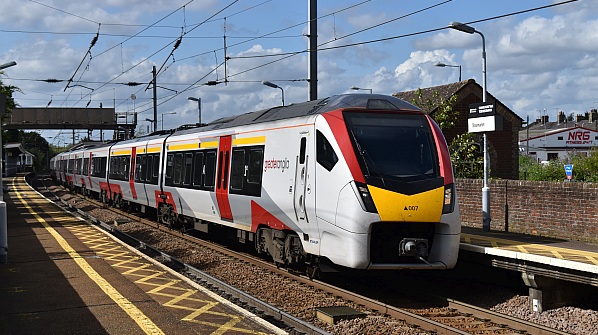BRITAIN’S railways cost £20.7bn during the 2020-21 financial year, with £2.5bn generated through fares and other income, £1.3bn through other sources and £16.9bn from government, figures released by the regulator the Office of Rail and Road (ORR) on November 30 revealed.
Fares income for the period between April 1 2020 and March 31 2021 plunged by £8.6bn to just £1.8bn compared with the previous year. The ORR says this is due to the Covid-19 pandemic and that during this period there was the strictest lockdown. The number of passenger journeys dropped by 77.7% in 2020-21 compared with 2019-20.
https://www.railjournal.com/financial/government-support-for-british-operators-nears-11bn/Government funding soared by £10.4bn to £16.9bn largely due to the use of the Emergency Measures Agreement (EMA) introduced in March 2020 following the start of lockdown, and subsequent Emergency Recovery Measures Agreement (ERMA) that were introduced in September 2020. These were designed to support privately-owned franchise operators to mitigate the financial impacts resulting from the pandemic. Government funding was split into £10.2bn for train operators (an increase of £9.0bn), and £6.6bn for infrastructure managers Network Rail (NR) and the Core Valley Lines (CVL) in the Welsh Valleys. This was an increase of £1.4bn.
Overall industry expenditure was £21bn, an increase of £0.8bn in 2020-21. Franchised train operators spent £10.3bn, a £0.4bn reduction, followed by NR spending £9.6bn, which was a £1.2bn increase. The industry ran 20.9% fewer services which meant that variable expenditure such as fuel and infrastructure access charges reduced. This was offset against increased expenditure in areas such additional cleaning costs, staff absences and the cost of Personal Protective Equipment (PPE).
Overall, industry costs have risen 21.5% since 2015-16. Prior to the pandemic, the ORR says this is due to increased in passenger journeys as well as well as additional expenditure on the network and new rolling stock.

